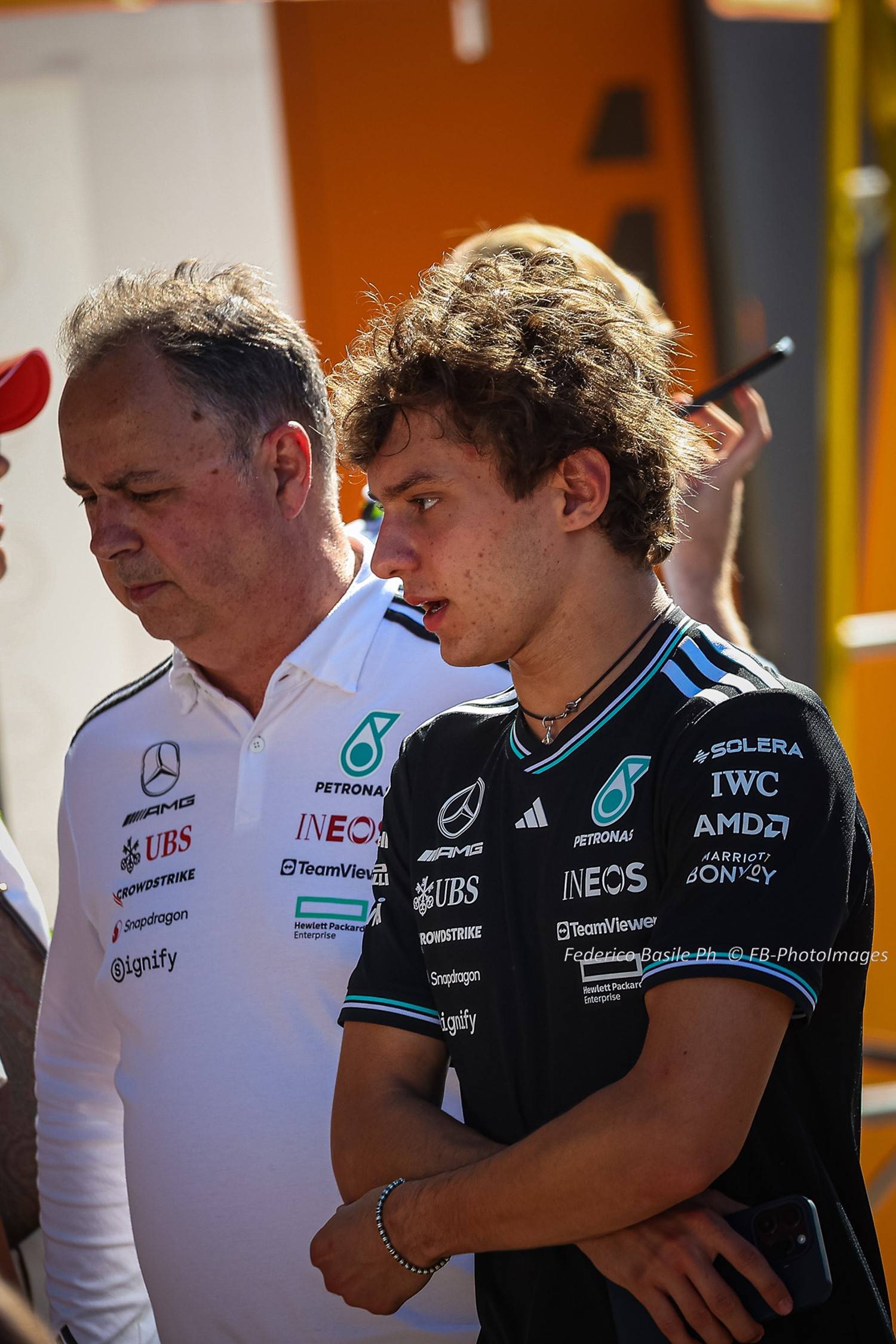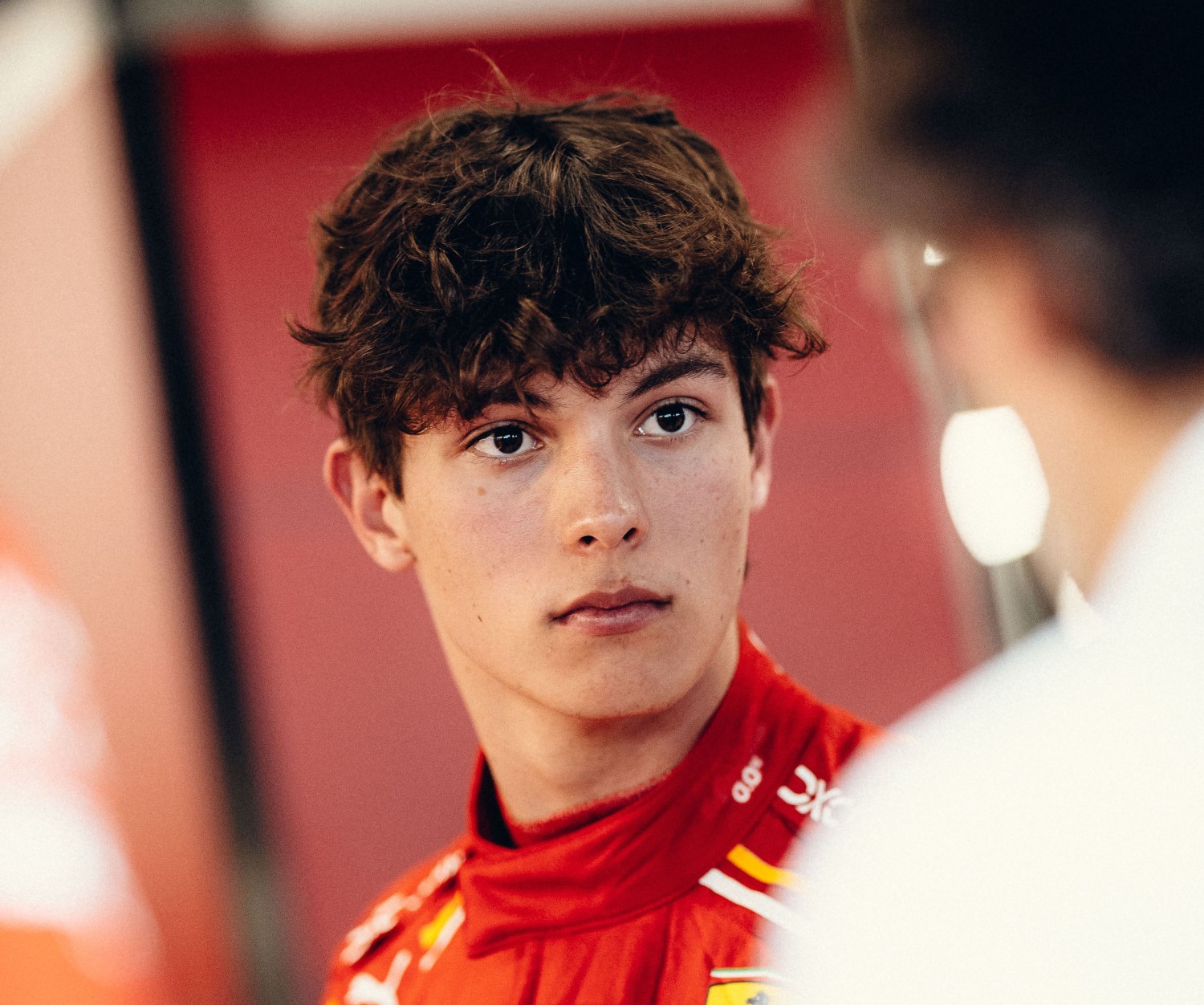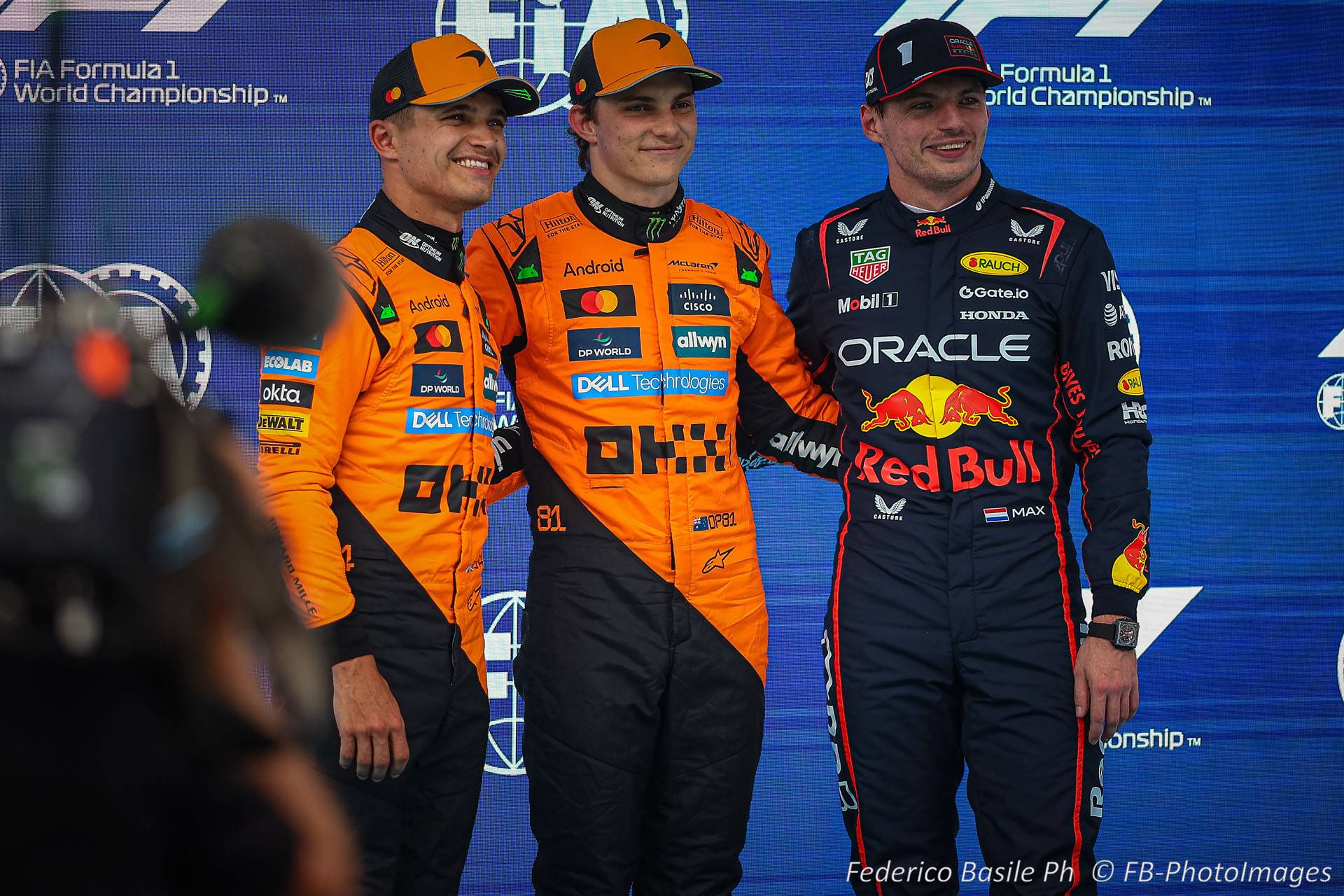The Rise of Young Drivers in F1 and What It Means for the Sport
The Formula 1 landscape is undergoing remarkable shifts with younger drivers now making their presence felt. By 2025, the rise of these fresh talents claiming full-time spots in leading teams has become even more pronounced.
This article examines the forces behind this surge of youthful competitors and considers its implications for the future of Formula 1. Much like these rising stars, fans are also exploring new ground—some even turning to top-rated casinos not on GamStop for added excitement during race weekends and beyond.
Why Young Drivers Are Dominating the Headlines
In 2025, fresh talent is rewriting the Formula 1 narrative. Oliver Bearman, 18, claimed seventh place at his Saudi Arabian Grand Prix debut. This earned him much admiration from rivals and fans. Kimi Antonelli, also 18, became the youngest driver to lead a lap and set the fastest race time in Japan.

Isack Hadjar, aged 20, consistently scored midfield points with the Racing Bulls. Although Jack Doohan has yet to score, he entered F1 in 2025 with a solid F2 pedigree. F1’s new faces, like Bearman and Antonelli, generate as much hype among bettors looking for fast‑paced drivers.
The Factors Behind the Youth Surge
Several pivotal changes are driving Formula 1’s youth wave in 2025. Retired veteran drivers enable teams to invest in young talent. Crucially, FIA regulations now require each team to run rookies in four FP1 sessions per season. This is double the previous count, granting valuable race‑weekend exposure.
Budget caps also play a significant role. With strict financial ceilings, squads favour cost-effective, high‑potential drivers over expensive veterans. Meanwhile, top teams like Mercedes and Red Bull bolster talent through their academies. These help them to map junior success straight into F1 seats.
Their investment in sim‑training, physical prep, and junior championships is paying off. Like the shift toward non Gamstop casinos in online gaming, teams are embracing fresh options offering high upside and lower risk.
How the Young Drivers Are Performing
When Oliver Bearman grabbed the spotlight, the Grand Prix 2024 in Saudi Arabia shocked the racetracks. He replaced Carlos Sainz and scored his first race in seventh position. This produced him the third most youthful point top scorer in F1 history. With great aplomb, he repulsed Norris and Hamilton.

At Suzuka, Kimi Antonelli raised eyebrows early in 2025 when he led a lap and set the fastest race time. This was the first time a driver became the youngest to ever lead a lap and an individual to post the quickest time of the race; this gave him the chance to become a potential serious contestant.
Gabriel Bortoleto earned the first points of the season with a decent eighth-place finish in Austria. He was voted the Driver of the Day and showed good racecraft. Isack Hadjar consistently nabbed top-10 finishes with Racing Bulls. Jack Doohan also carried forward his F2 pedigree into solid F1 outings. In motorsport, you never quite know when a breakout performance will arrive.
Impact on the Sport and Fan Engagement
Formula 1’s youthful transformation is reshaping fan engagement. Short‑form content on TikTok and Instagram now drives 80 – 81 % of new fans, while F1’s Twitch‑streamed Sim Racing World Championship hit record concurrent viewers in 2025, nearly 79,000 at its peak. Esports events like the F1 Streamer World Cup on Twitch also draw sizable young audiences. Rivalries between rookies—such as Antonelli vs Bearman and Hadjar vs Doohan—are already building narrative intrigue.
Survey data shows that 61 % of fans engage daily, and Gen Z is emotionally invested in driver rivalries. The number of viewers is growing, sponsorship follows the trend, and fan culture is getting more dynamic, making F1 more imminent and close.
Betting and the New Era of Drivers
The emergence of rookies has shaken F1 betting odds, making early-season markets more volatile than usual. Bettors now follow props like fastest laps, DNFs, head-to-heads, and fastest sector times—markets that barely existed years ago. UK fans unable to access local platforms are exploring non Gamstop casinos to bet on dynamic F1 races.
Some of these gambling sites even feature special markets focused on young drivers, fueling fan interest in Bearman, Antonelli, Hadjar, and Bortoleto, whose performances cast unpredictability into every weekend. In motorsport, you never quite know when a breakout performance will arrive.
What This Means for F1’s Future
The high pace at which young drivers become part of Formula 1 indicates a daring new time. Teams are changing rapidly, with clubs betting long by investing in young players rather than experience, and their sponsors relying more and more on younger fan bases, typified in their online-first keys to a brand.
The emergence of youngsters into the world of F1 driving means that the sport is also experiencing a transformation. With numerous young drivers rising through the ranks, the future of the sport looks bright.
Conclusion
Young drivers are not only the media sensation: they modify the basics of Formula 1. They affect the lap times and podium celebrations. This also affects how teams approach their strategies, fan engagement, and development of betting markets. The new generation has become more digitally nimble, unpredictable, and fast-paced than ever.
When you watch from the stands, there is no doubt that the new chapter of Formula 1 is being written. It is not the future that is coming; it is the future that sits on a starting grid with a rookie badge on and kicks the sport toward going faster, younger, and more thrilling.
